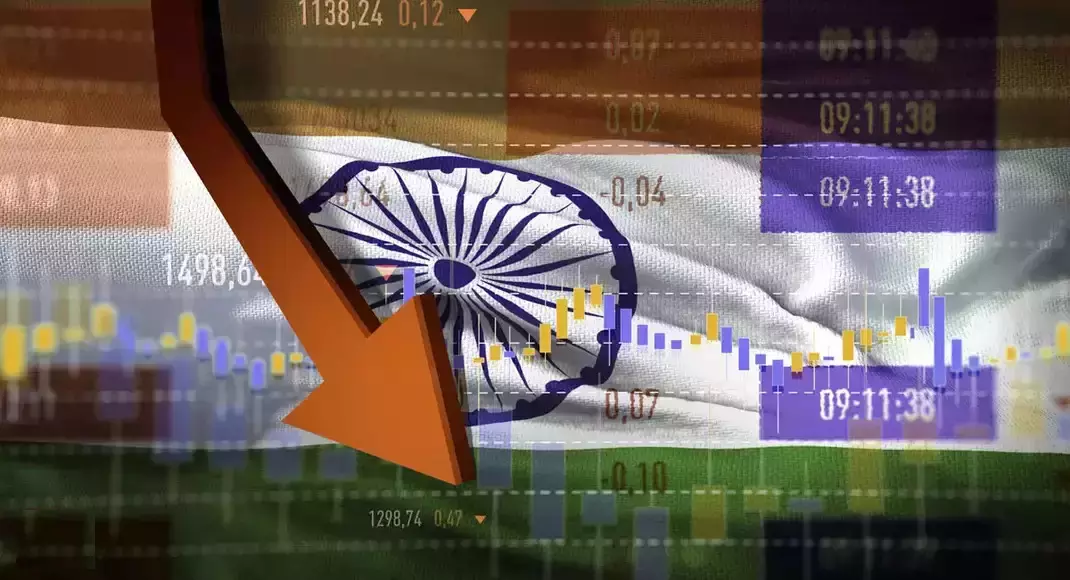Significant divide in India's consumption; K-shaped trend continues: Report
The UBS report said India's household consumption nearly doubled in the past decade to $2.1 trillion in 2023, with an annual compound growth rate of 7.2 per cent. However, household consumption growth remained muted in the last two years
image for illustrative purpose

Mumbai: A Swiss brokerage on Tuesday said there is a "significant divide" in India's consumption story and that the K-shaped trend is likely to continue in the near-future. "India's consumption story reflects a significant divide, driven by a resilient economy but characterised by a stark contrast in spending patterns," UBS India economist Tanvee Gupta Jain said in a note. "...the divergence between affluent and broad-based household demand persists, accentuated by factors such as income inequality, increased consumer credit access, and declining household savings," she added.
The brokerage anticipates household consumption growth in FY25 to "remain subdued" at 4-5 per cent, which is below the trend observed in previous years. It can be noted that after the pandemic, concerns have been raised about a K-shaped growth representative of deepening inequalities in the country. Some economists have gone public with their disapproval and called the pandemic as a 'leveller' for reducing inequalities as well.
The UBS report said India's household consumption nearly doubled in the past decade to $2.1 trillion in 2023, with an annual compound growth rate of 7.2 per cent. However, household consumption growth remained muted in the last two years, it said, adding that it is the affluent segment that witnessed a significant increase in demand. The brokerage said the consumption growth recovery is "uneven", and pointed out that there has been faster growth in premium car sales, residential units of over Rs 1 crore, smartphones costing over $300, or Rs 25,000, while entry-level and mass market goods have seen muted growth post-pandemic.
It attributed the divide in consumption to factors such as income continuity being enjoyed by those in the top of the pyramid versus the bottom, limited fiscal support for vulnerable sections and lower household savings due to weaker incomes. The 'K-shaped' consumption pattern continues post pandemic as well, it said, adding that the urban economy continues to outperform relative to the rural economy recovery post-pandemic. However, despite the divide, India is on track to become the world's third largest consumer market by 2026, it said.

